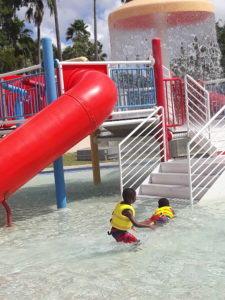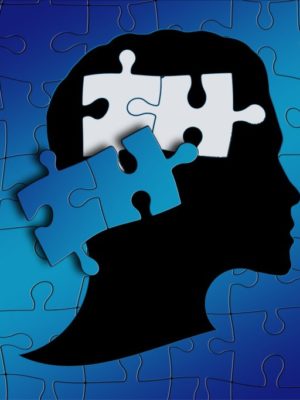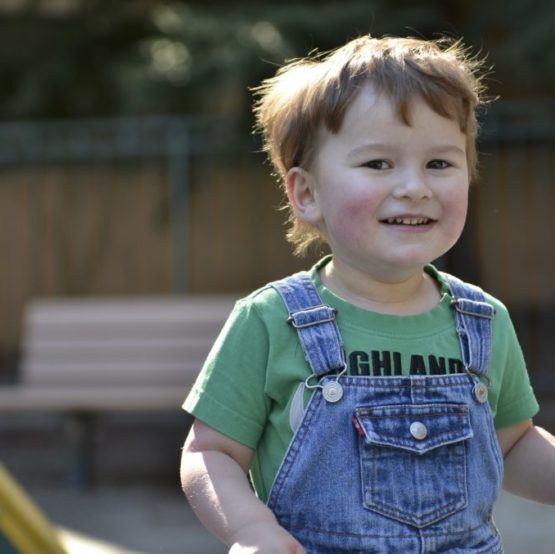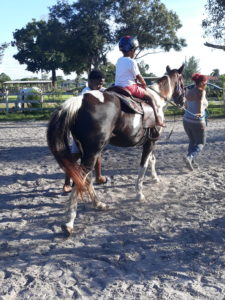

Before the Water Park Fun
What a beautiful morning for some water park fun! Our mornings typical starts with waking up at 5:30 am to prepare breakfast before Liam gets up. Liam is an early morning kind of boy who does not like to wait too long for breakfast. He adheres to routine and maintains his school morning routines regardless of the day of week. Regardless of whether it is a school morning, weekend, or holiday.
Once he opens his eyes to dawn, he likes to wait in bed for about five to ten minutes before getting up to brush his teeth. He walks to the kitchen to confirm that breakfast is being made. I usually finish the breakfast preparation just in time to join him in the bathroom to monitor his teeth brushing technique and offer help should he need it. Then comes the high five’ as positive reinforcement for brushing his teeth properly. After brushing his teeth, he cleans up after himself. Then comes more high fives. He loves those proud ‘high five’ moment.

“A blockquote highlights important information, which may or may not be an actual quote. It uses distinct styling to set it apart from other content on the page.”
Heading
Before we get into the water park fun, let’s discuss the breakfast of the day. Today’s breakfast is scrambled eggs, bread rolls, with our favorite beverages. That is, a cup of coffee for me and for Liam, Emergen-c mixed with water. On rare days he will enjoy hot chocolate. However, mostly he prefers the Emergen-c mixture with his breakfast. We drink Emergen-c every morning to avoid the common cold.
Earlier I mentioned his adherence to routine? Guess what? His breakfast must be placed at the left of the breakfast bar. Think of the Sheldon character on the TV show, the Big Bang Theory. Though, unlike the Sheldon character who never changes his spot on his side of the couch, Liam may change his spot at the breakfast bar on a few occasions to have breakfast around the dinner table.
Encourage to Participate
- Chooses from a list of breakfast options
- Participates in breakfast preparations
- Helps with cleanup

SUPER SWEET FUN DAY
Liam did not always enjoy variety of foods. In many ways he is still quite picky. For instance, he will not eat any green vegetables unless creatively hidden. Sometimes, he will try lettuce or kale, but that is with a lot of encouragement in the form of high fives. As for fruits, he will only eat bananas. He will try most things except vegetables and fruits. This is much improvement.
In the past, he would only eat oatmeal and a specific meal replacement drink. His food aversions lasted up until he was five years old. Now he eats most things prepared, excluding unconcealed green vegetables. I usually allow him to have a say in his breakfast choices. Whenever his breakfast of choice involved eggs, he is encouraged to participate in the preparation.
At the Water Park
Liam had no idea he was headed for some waterpark fun. All he knew and cared about was that we were heading out somewhere; anywhere for all he cared. He loves the outdoors. We drove to three waterparks only to find that they were closed for maintenance. After calling and driving around, we finally found a park that was open for some waterpark fun. It was a small, cozy waterpark with limited guests. Staff was welcoming and friendly. They were also surprisingly sensory-friendly, a great aspect of the establishment.
We were screened before entering the waterpark. Staff met us at entrance to inform us of the park rules, and to ensure we had proper and adequate equipment for play and safety.
Liam had a great day splashing, swimming, and playing at the waterpark. He even met a new friend. Our waterpark fun lasted from 10.30 am until 1:30 pm. He had so much fun that it was nearly impossible to get him to leave. When we initially tried to leave, he protested. With compromise, we were able to leave with the promise of returning for more waterpark













 Fast forward about 6.5 years later. I decided to surprise Liam (my son) on his 7th birthday to an evening of horseback riding. Since he had only been around horses once, an event I was sure he didn’t remember, I carefully approached the situation. Still, I had high hopes that he would enjoy the experience. Even though I hoped for a fun experience , the real reason behind the visit was to broaden his experience of different live animals. You see, he has challenges with receptive and expressive language, so, modeling the word with a clear picture was effective in improving his language skills. This technique we took from extensive
Fast forward about 6.5 years later. I decided to surprise Liam (my son) on his 7th birthday to an evening of horseback riding. Since he had only been around horses once, an event I was sure he didn’t remember, I carefully approached the situation. Still, I had high hopes that he would enjoy the experience. Even though I hoped for a fun experience , the real reason behind the visit was to broaden his experience of different live animals. You see, he has challenges with receptive and expressive language, so, modeling the word with a clear picture was effective in improving his language skills. This technique we took from extensive Our Horseback Riding Story
Our Horseback Riding Story So what is therapeutic horseback riding and how does it improve autism associated symptoms? Therapeutic horseback riding (TR) or equine assisted therapy is an activity used with individuals with autism and other special needs. It is used for the purpose of improving physical, emotional, intellectual and social wellness. It is also beneficial in improving balance and coordination, fine and gross motor skills (Anderson et al, 2019), as well as providing positive sensory stimulation.
So what is therapeutic horseback riding and how does it improve autism associated symptoms? Therapeutic horseback riding (TR) or equine assisted therapy is an activity used with individuals with autism and other special needs. It is used for the purpose of improving physical, emotional, intellectual and social wellness. It is also beneficial in improving balance and coordination, fine and gross motor skills (Anderson et al, 2019), as well as providing positive sensory stimulation.
 My son was screened for
My son was screened for 



 Autism spectrum disorder (ASD) is a developmental disorder with
Autism spectrum disorder (ASD) is a developmental disorder with